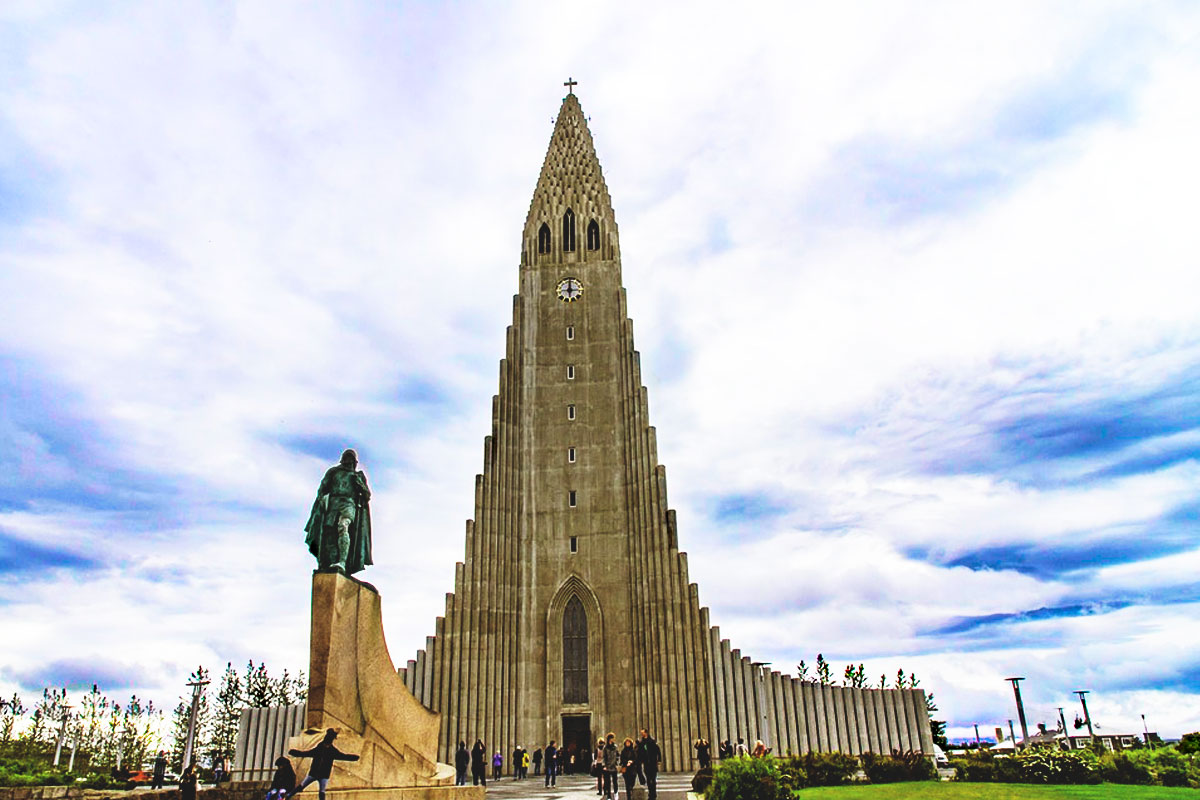Iceland’s culture is rich and diverse, and its literary history started in the 12th century. Traditional Icelandic handicrafts include woven, silverware, and woodcarving. In this article, we will explore the culture and customs of Iceland. Reykjavík boasts many professional theatres, an orchestra of symphonies, opera and art galleries, bookshops, films, and museums. In Iceland, there are four current folk dance groups. The literacy rate in Iceland is one of the highest globally, with a broad love of reading, art, chess, and intellectual endeavors.
Icelandic society and culture have a high level of gender equality, with many women in government and top corporate roles. Iceland has a very progressive homosexual law that has enabled partners to establish civil unions since 1996, adopt them since 2006, and marry since 2010. Women keep their names after marriage because Icelanders do not usually use nicknames but patronyms or matronyms (in rare circumstances).
What are the culture and customs of Iceland?
Following is the explanation of the culture and customs of Iceland.
1. Culture of Iceland
Iceland is considered one of the youngest landmasses globally and was one of the last places inhabited by humans on the globe. Surprisingly, Iceland was found by mistake by Vikings from Norway approximately 1,100 years ago.
Iceland has significant connections with ancient Vikings and is a Nordic nation. Icelanders are proud of this history and the numerous traditions that accompany it, especially in the language still closely related to the Old Norse that early Viking immigrants would have spoken.
There is a significant culinary culture in Iceland, yet some of the more traditional meals are tasty. The core of Icelandic food is fresh local lamb and fish. Many eateries specialize in seafood since Iceland is bordered by an ocean full of fish and crustaceans.
The prevalent belief in the Elves is an intriguing feature about Icelands that relates to their heritage of magic and mystery. 7% – 8% are convinced that they exist, and 45% think that it’s probable or conceivable that elves are still roaming the earth. Elves, trolls and other legendary creatures symbolize Iceland’s widespread adoration, which continues strong until now.
2. Customs of Iceland
Northern lights are, for a good cause, one of Iceland’s major tourist attractions. Their lovely hues illuminate the night sky and dance wild as if there were no future. A gloomy night in November is ideal for the aurora. Take a trip into the countryside far away from the lights and the commotion of Reykjavík and see whether you like the night sky. You could even take hot cacao and some snacks and enjoy a lovely evening while visiting Iceland.
Many national and local festivals are organized. The biggest of these is the annual Independence Day, which marks the nation’s independence in 1944. The First festival in Sumardargurinn is celebrated on the first day of summer, and every June, Sjomannadagurinn honors Iceland’s maritime history. Many people visit the city during the Reykjavík Arts Festival.
Final thoughts
Icelanders are highly educated individuals who appreciate their country’s rich literary and poetic history. Individuals of various ages study the Old Icelandic sagas and enjoy composing and presenting rimur or versified epics, particularly in rural areas. Icelanders are incredibly lovely and hospitable. It is customary to express gratitude to strangers for meals or acts of kindness. On the other hand, Icelanders admire one other for spending time together, mainly when it is a special occasion.
Read More; Describe the culture and tradition of Norway

